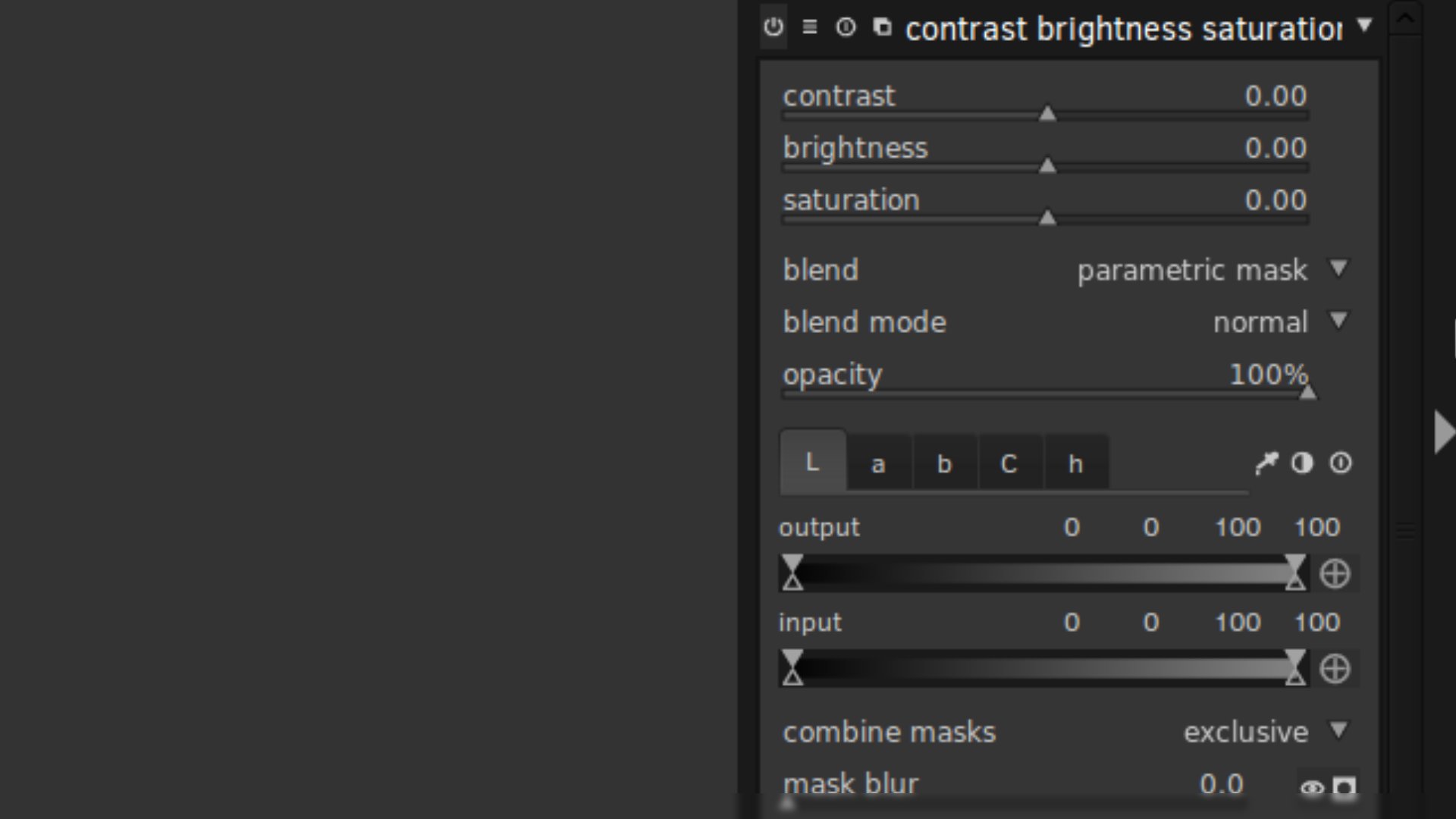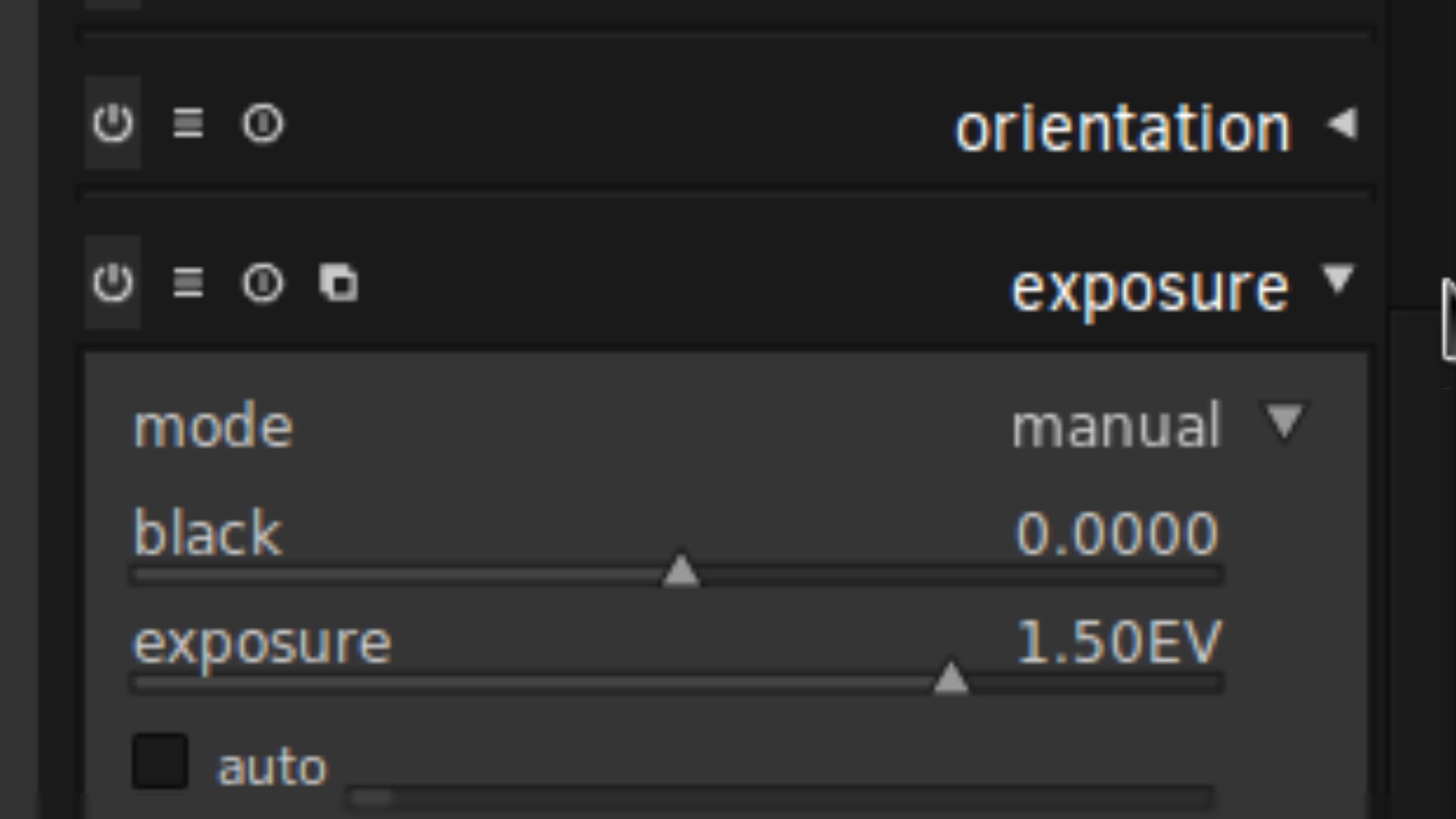
When I use gradient on Gimp on layer mask, I'd like to be able to add my gradients one after another on the same layer mask.Įxample - Layer mask, I add radial gradient - fine, then I try to add another gradient, it replaces the first one! Now i'm going to gripe more about navigation/organization nusances, but that's only because DT has definitely taken the lead :-) Keep up the great work, folks.This is my first topic since I joined and have a silly question that I can't seem to find on the net and in the discussions here…probably too silly or I'm using the wrong key words. Why? Because (particularly in Ubuntu, where the blasted window scroll handles disappear unpredictably), i found that in both DT and Photivo, trying to move through modules using the scroll wheel was constantly inadvertently adjusting sliders, and i was wasting time and focus simply trying to "navigate safely." Yes, idiotically small gripe, and yet when i needed to work fast, it really did make it a no-brainer to "just use RT." Well, i hit a limit with RT yesterday that made me re-open DT, and to my surprise, it was not only better organized now (including the "leave only one module expanded" option - should be default!), but this masks ability is ridiciulously powerful.

And one last technically trivial and yet surprisingly critical difference: to adjust sliders with the scroll wheel in RT, i need to hold the Shift key.
Darktable 3.0 gradient mask how to#
For another, the large number of very useable presets accessible through a simple scroll box also helped me learn how to use it. For a start, being older, it is simply more clearly organized. But RT kept getting me back for technically trivial yet practically essential reasons that made workflow faster. I have bounced back and forth between Photivo, Rawtherapee, and DT for the past year, but always recognized DT was by-far the most ambitious overall, having unique features (like blending available in every module) that eventually would make it indispensible. Very, very impressed with DT, and this mask feature has won me back to it. Note: again, great thanks to Jeremy Rosen for his help in the writing of this blog post very complex, self-intersecting curves might not render correctly.We wanted to share with you the awesome features that are coming but installing the development version of darktable isn’t a trivial thing. Masks are only available in the development branch of darktable. It can use any shape for advanced cloning. The spot removal module is not limited to circles anymore. opacity can be set per-shape using ctrl+wheel.shapes can be moved and combined within a group using boolean operators: union, intersection, difference and exclusion.You can use that group to build complex combinations of shapes when a shape is assigned to a module, a group of shapes is automatically created.combining masks and blendif offers a whole new world of possibilities.the border width can also be set separately at each control point using the available anchors.you can use the scrollwheel to change the border width of the whole shape.when creating a shape, you can press ctrl while adding control-points to add a sharp corner directly.right-clicking on a control hook will reset it.clicking on an existing control point will select it, allowing you to move it and making control-hooks appear that allow you to change the sharpness of the point.you can remove corners by right-clicking on them.you can add control points by shift+clicking on an existing curve.you can set the border size by using the mousewheel between the circle and the border.you can change the radius of the circle by using the mousewheel within the circle.Here’s some tips to help you in shape creation: Two shapes types have been implemented: the simple circle (with feathering borders) and the more powerful curve shape.

Right-clicking on a shapes will open a popup menu with all the possible actions. But if you want to perform more complex tasks, you will have to use the masks manager which is in the left panel:

The masks combobox inside modules let you add new shapes, reuse existing shapes. Using the masks combobox from the module, we add a curve shape: We now add a masks to limit the effect of the module to the wall only. We will use the color zone module to desaturate reds, but doing so would also desaturate the lighthouse railings. Here, we will get rid of the fluorescent orange wall. Remember when you were using your hands or a small piece of cardboard to achieve some masking … Remember the old times, the red light of the darkroom, the smell of the developing bath … Our development version now allow limiting module effects to a region of the image. In darktable, selective editing was a long awaited feature.


 0 kommentar(er)
0 kommentar(er)
